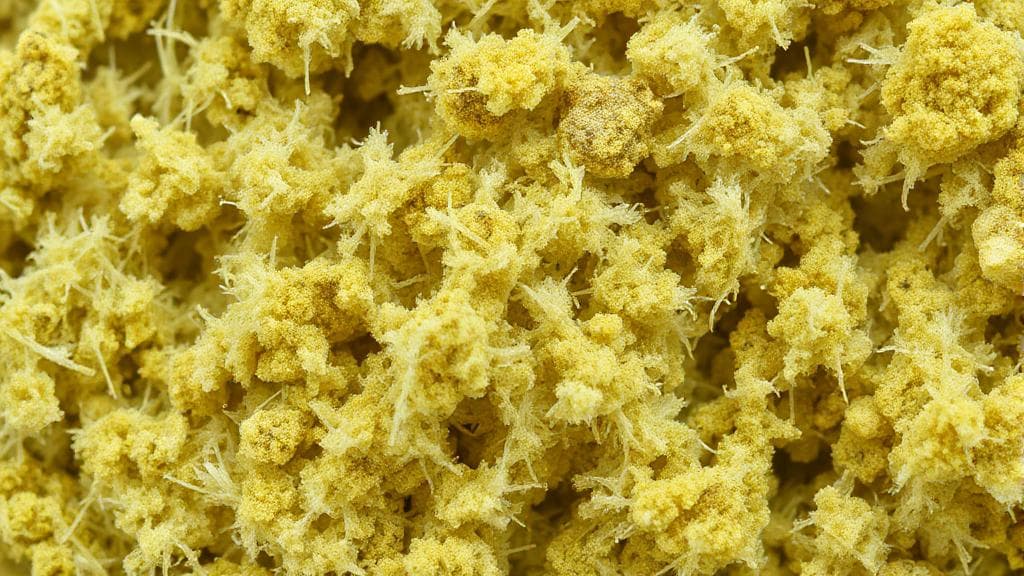What is Asbestos?
Asbestos refers to a group of six naturally occurring fibrous minerals that were once widely used in construction and manufacturing due to their remarkable properties, including heat resistance, tensile strength, and insulating capabilities. The six types are:
- Chrysotile (white asbestos)
- Amosite (brown asbestos)
- Crocidolite (blue asbestos)
- Tremolite
- Anthophyllite
- Actinolite
Physical Appearance and Characteristics
Color Variations
- White to gray (Chrysotile)
- Blue (Crocidolite)
- Brown (Amosite)
- Green (Actinolite)
- Gray (Tremolite)
- Yellow (Anthophyllite)
Fiber Characteristics
- Fibrous and crystalline structure
- Soft and flexible yet incredibly strong
- Resistant to heat and chemical degradation
- Microscopic in size (invisible to naked eye when individual)
- Diameters of 0.01 to 10 micrometers
- Distinctive sweet or musty odor when disturbed or heated
Common Locations and Applications
Building Materials
- Insulation (thermal and acoustic)
- Roofing and siding materials
- Floor tiles and adhesives
- Textured ceiling materials ("popcorn" ceilings)
- Joint compounds and spackling
Industrial Applications
- Brake pads and clutch components
- Fire-resistant clothing and textiles
- Gaskets and sealing materials
- Industrial furnace insulation
Health Risks
Exposure to asbestos fibers can lead to serious health conditions:
- Mesothelioma
- Lung cancer
- Asbestosis
- Pleural thickening
For more information on health risks, visit the American Lung Association.
Professional Assessment and Safety
Warning Signs
"If your home was built before 1980, there's a significant chance it contains asbestos-containing materials (ACMs)." - EPA Guidelines on Asbestos
Safety Precautions
DO NOT:
- Break, cut, drill, or disturb suspected materials
- Sweep, vacuum, or dust potentially contaminated areas
- Remove materials without proper certification
DO:
- Keep suspected materials in good condition
- Restrict access to damaged areas
- Contact licensed professionals for testing
- Document location of suspected materials
Documentation and Professional Requirements
Certification Requirements
- State-licensed inspectors
- Accredited testing laboratories
- Certified abatement contractors
- EPA or state-approved training
Required Documentation
- Inspection dates and findings
- Laboratory test results
- Location of suspected materials
- Remediation efforts
- Professional consultations
For comprehensive guidelines on proper identification and handling procedures, consult the National Institute for Occupational Safety and Health (NIOSH) or the Occupational Safety and Health Administration (OSHA).
Remember that visual identification alone is not sufficient for confirming asbestos presence. Only laboratory testing can definitively identify asbestos-containing materials.
